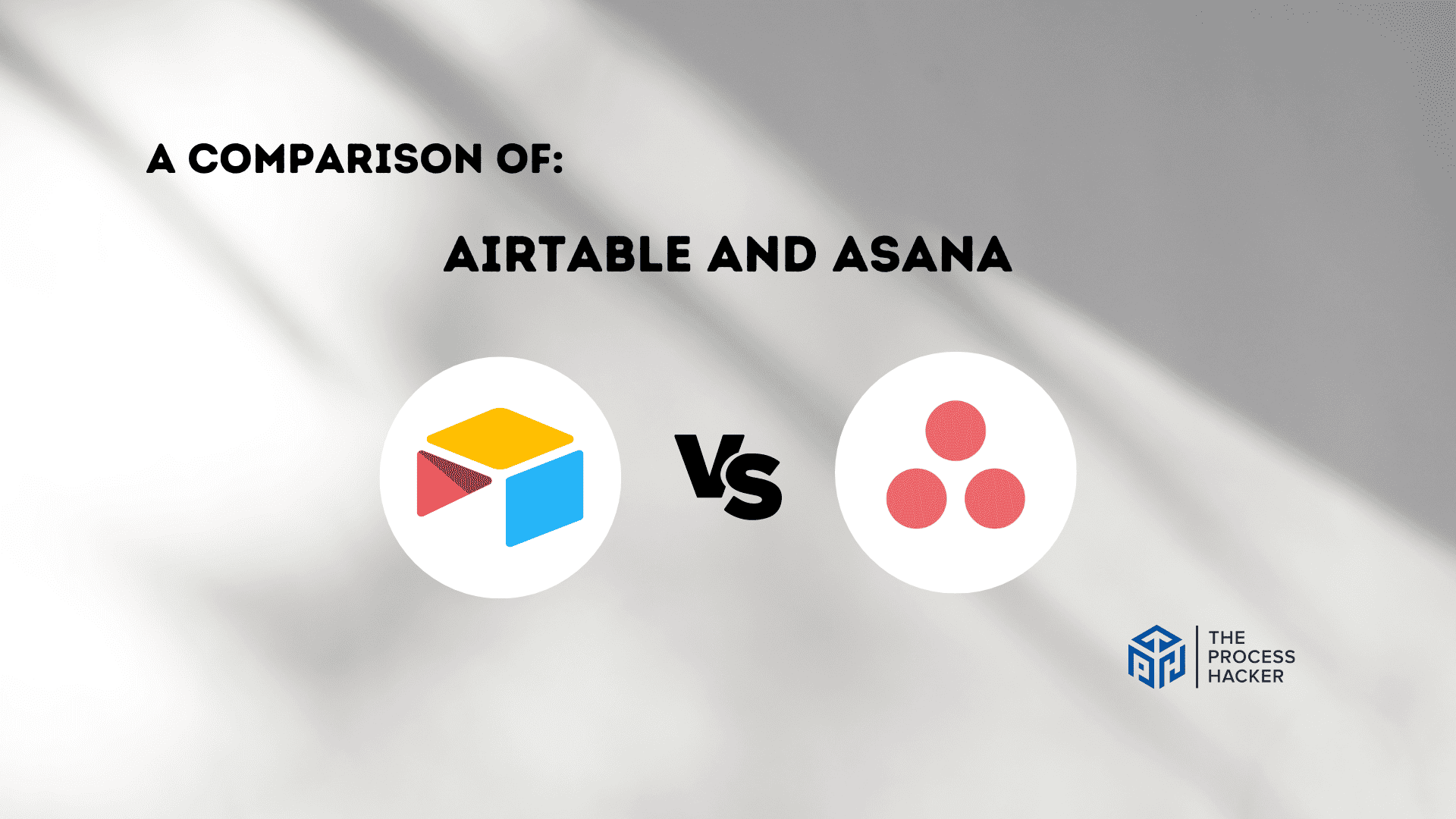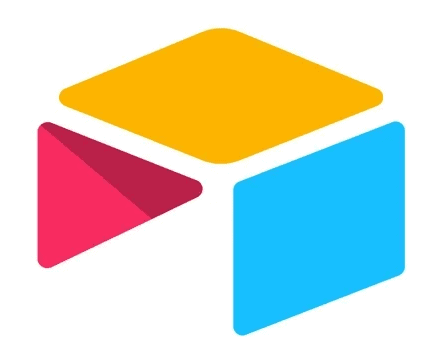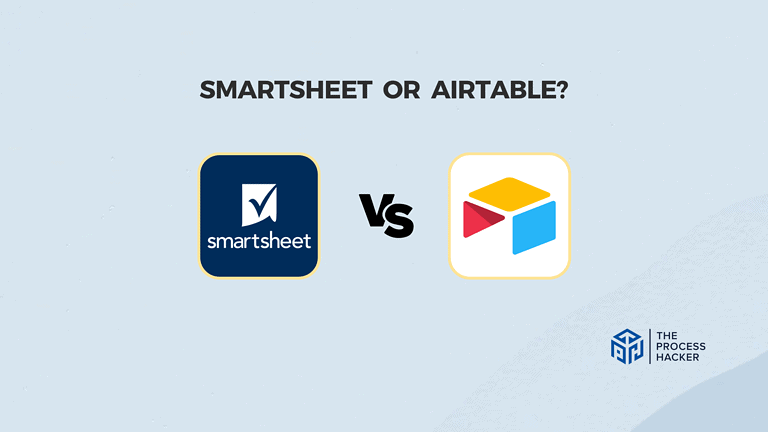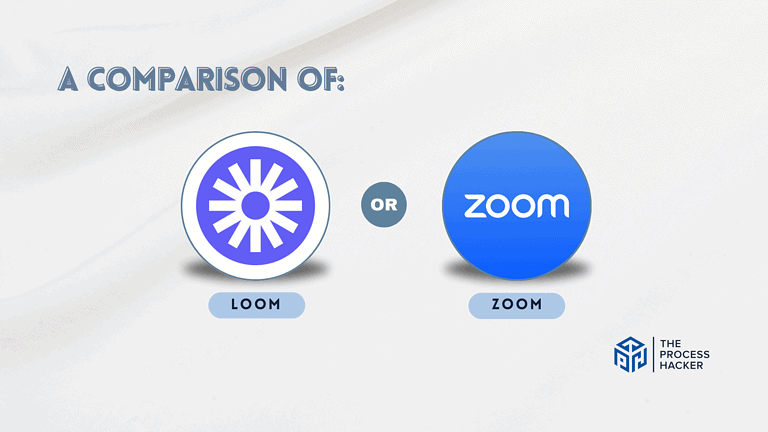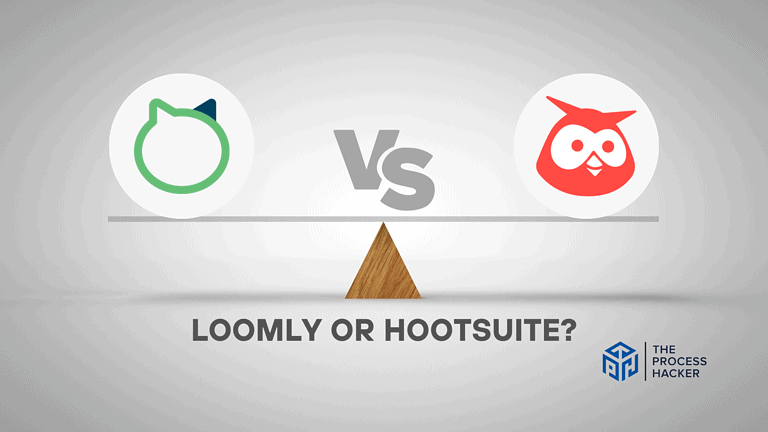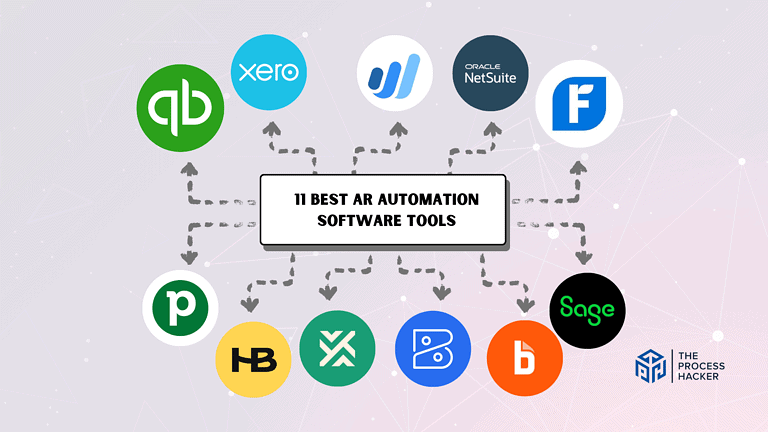Airtable vs Asana: Which Project Management Software is Better?
Are you an entrepreneur trying to tackle a busy workload?
If so, you’ve probably been overwhelmed by the abundance of project management software options. From G Suite and Trello to Airtable and Asana, deciding which is right for your business needs can be challenging.
If you purchase through our partner links, we get paid for the referral at no additional cost to you! For more information, visit my disclosure page.
So, suppose you’re looking for that perfect line in the sand between collaboration-based project and task list management platforms like Asana and database-oriented software like Airtable. In that case, this post has all the answers!
Let’s discuss what makes each platform unique – from user interfaces to features and pricing plans – and find out which will help you streamline your workflow today!
Brief Overview: Airtable vs Asana
First, I’ll give you a quick overview of Airtable and Asana:
Airtable
Airtable combines the simplicity of a spreadsheet with the complexity of a database. It’s versatile and user-friendly, allowing for customizable workflows and data organization. It suits diverse needs from project planning to inventory tracking, offering rich field types and linking capabilities.
Key Selling Points:
- Flexible and customizable interface
- Rich field types, including attachments, checkboxes, and dropdowns
- Real-time collaboration and sharing options
- Integration with numerous third-party apps
- Automation for repetitive tasks and workflows
- Visual representations with Grid, Calendar, Kanban, and Gallery views
Asana
Asana is a task and project management tool designed to help teams organize, track, and manage their work. It’s known for its user-friendly interface, enabling team collaboration, task assignments, deadlines, and progress tracking, making it ideal for managing complex projects.
Key Selling Points:
- Intuitive interface and easy to use
- Robust task and PM features
- Customizable dashboards for project tracking
- Integration with a variety of apps and tools
- Detailed reporting and progress-tracking capabilities
- Advanced features for project planning, like timelines and milestones
Quick Verdict: Airtable vs Asana
Airtable shines in its ability to adapt to various workflows and data needs. Whether you’re managing a complex project, tracking inventory, or planning events, its blend of spreadsheet ease and database power offers unparalleled flexibility.
Its rich field types, views (like Kanban and Calendar), and automation capabilities make it ideal for teams requiring a tailored solution for complex and evolving data management needs.
Focusing on task management, Asana offers an intuitive, user-friendly interface that streamlines team collaboration. Its strength lies in organizing tasks, assigning responsibilities, and tracking deadlines, making it perfect for teams needing clear and straightforward project oversight.
With features like detailed reporting and customizable dashboards, Asana is ideal for teams that require a focused and efficient approach to project management.
Product Overview: Airtable vs Asana
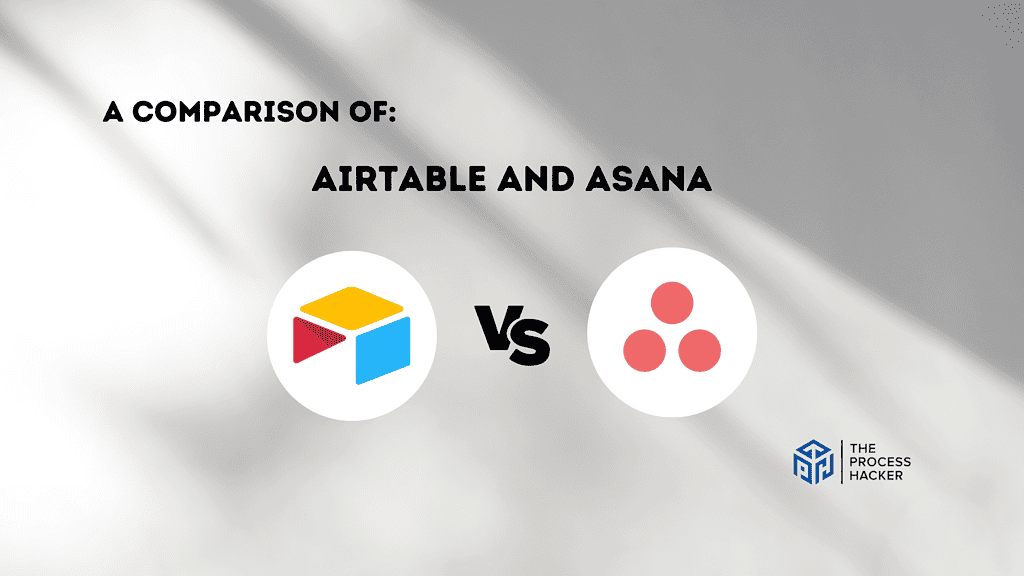
What is it?
Airtable is a versatile project management software that combines a spreadsheet’s simplicity with a database’s power. It’s designed to facilitate organization and team collaboration, offering a uniquely flexible and customizable approach to managing tasks, projects, and workflows.
Asana, on the other hand, is a dedicated task management software that provides teams with a clear, structured way to organize work. It offers comprehensive features for task creation, assignment, tracking, and reporting, making it a robust solution for managing complex projects.
Who is it for?
Airtable is for you if you value flexibility and customization in your project management tool. Whether you’re a small business owner, a content creator, an event planner, or part of a large team, Airtable’s adaptable nature can cater to your specific needs.
Asana is ideal if you’re looking for a dedicated task management system that can handle complex projects and workflows. It’s a great fit for teams of all sizes, particularly those that require a high level of coordination and clarity in their management of tasks.
What makes it special?
Airtable stands out with its unique ability to customize workflows and databases. Its diverse field types and views, like Kanban and Calendar, make it adaptable for various project needs, from simple management of tasks to complex data organization.
Asana differentiates itself with its streamlined, easy-to-navigate interface and robust management of tasks capabilities. It provides a clear overview of projects, enabling teams to collaborate and stay updated on their progress easily.
What does it do?
Airtable allows you to create and customize tables for various data and project needs. It offers features like linking records, automating tasks, and integrating with other apps, providing a comprehensive platform for all types of project management.
Asana helps teams manage their work by enabling them to create and assign tasks them to team members, set deadlines, and track progress. It offers various views like lists and boards and integration capabilities with other tools, making project management streamlined and efficient.
Quick Comparison: Airtable vs Asana
| Key Features | Airtable | Asana |
|---|---|---|
| #1) Pricing | Winner | |
| #2) Free Plan | Winner | |
| #3) Design & Functionality | Tie | Tie |
| #4) Project Management | Winner | |
| #5) Task Management | Winner | |
| #6) Team Collaboration Tools | Tie | Tie |
| #7) Customer Support | Winner | |
| #8) Integrations | Winner | |
| #9) AI & Automation | Winner | |
| #10) Reporting Tools | Winner | |
| Overall | Winner |
Feature Comparison: Asana vs Airtable
Let’s compare the features of these project management software so you can make the right decision for you and your business.
#1) Pricing
Airtable’s pricing begins at $24 per seat per month, offering a range of options, including Business and Enterprise Scale Plans. This pricing structure accommodates different team sizes and usage requirements, making it a versatile choice for various organizational needs.
Asana’s pricing starts at a more accessible point of $13.49 per user per month. It also provides additional plans, such as Advanced, Enterprise, and Enterprise+, catering to various team needs and organizational scales.
Regarding pricing, Asana is more budget-friendly, especially for smaller teams or individuals, with its lower starting price. However, Airtable’s pricing reflects its broader customization capabilities and advanced features. For businesses requiring extensive customization and data management features, Airtable’s pricing may offer better value.
Verdict: Asana is the more budget-conscious choice for pricing, especially for smaller teams.
#2) Free Plan
Airtable’s free plan offers a solid introduction to its capabilities, allowing you to create unlimited bases with essential features. It’s a great way to explore the unique blend of spreadsheet and database functionalities despite some record numbers and feature limitations.
Asana’s free plan is also quite robust, providing basic task and project management functionalities. It allows for unlimited tasks, projects, and messages, making it suitable for small teams or individual projects. However, some of the more advanced features are reserved for the paid plans.
Both Airtable and Asana offer compelling free plans, each catering to different needs. Airtable’s plan is excellent for those looking to explore a more customizable and database-oriented approach, whereas Asana’s free plan suits users who need straightforward task management tools.
Verdict: Airtable is more appealing for the free plan if you want to explore its unique database features, even with the limitations on record numbers and features.
#3) Design & Functionality
Airtable prides itself on its unique Interface Designer, which allows you to create custom interfaces for your apps that pull data from your existing bases. This feature and drag-and-drop functionality offer a highly customizable and visually appealing design. Furthermore, new functionalities like gallery elements further enhance the viewing experience.
Asana’s design is intuitive and user-friendly. Its layout is clear and organized, making navigation straightforward. The platform focuses on providing a seamless user experience with features like custom project views, timeline visuals, and color-coded task labels. Plus, Asana’s design is consistent across all devices, ensuring a smooth transition between desktop and mobile.
Both Airtable and Asana shine in their own ways regarding design and functionality. Airtable provides a more customizable interface, allowing a high degree of personalization. On the other hand, Asana’s design is more focused on user-friendliness and seamless navigation. Thus, the choice between the two would depend on whether you prioritize customization or ease of use.
Verdict: For design and functionality, it’s a tie.
#4) Project Management Features
Airtable offers a highly versatile set of project management features. It stands out with its ability to function as a database and a spreadsheet, allowing for deep customization of workflows and data management. The platform handles complex projects with features like diverse view options (Kanban, Calendar, Grid) and advanced data linking capabilities.
Asana focuses on streamlining how to create tasks and the whole project management per se. Its strengths lie in its intuitive interface, making task assignments, deadlines, and collaboration easy to manage. While it may lack the depth of database features that Airtable offers, it provides excellent tools for team collaboration, progress tracking, and project organization.
Airtable has an edge due to its versatility and depth in handling complex, data-intensive projects. Asana, while highly effective for task and project tracking, doesn’t offer the same level of customization and database functionalities.
Verdict: For project management features, Airtable is the superior choice, especially if you require a tool that offers both extensive customization and the ability to handle complex, data-driven projects.
#5) Task Management
With Airtable, you can manage tasks effectively through its versatile interface. Assign tasks, set due dates, and monitor progress all from one place. Its unique grid view adds a visual component to managing projects or tasks, allowing you to see tasks and their status at a glance.
Asana shines in managing tasks with its intuitive interface. You can create tasks, delegate them to team members, set deadlines, and easily track progress. Asana’s visual project timelines and color-coded labels provide a clear, organized view of all your tasks.
While both Airtable and Asana have their strengths, Asana takes the lead. If a straightforward, visually clear, and organized approach to managing tasks is what you’re after, Asana stands out.
Verdict: For task management capabilities, Asana wins.
#6) Team Collaboration Features
Airtable offers a range of team collaboration tools that can enhance productivity. Its shared views and real-time updates allow for effective team communication and collaboration. Furthermore, its integration capabilities with other project management tools amplify the collaborative efforts among individual team members.
On the other hand, Asana focuses heavily on collaboration, providing key features such as team pages, task comments, and project conversations. These features promote open communication and foster a collaborative environment, making it easier to share information and ideas.
Regarding team collaboration tools, both Airtable and Asana offer robust options. If you’re looking for a platform with a strong focus on integration and flexibility, Airtable may be more appealing. However, if clear communication and interaction within your team is a priority, Asana will be the better choice.
Verdict: For team collaboration features, it’s a tie.
#7) Customer Support
Airtable provides robust customer support, featuring real-time chat support and a direct button to contact its sales team. This level of accessibility is beneficial for immediate assistance and inquiries, ensuring that you can get help promptly when needed.
Asana, on the other hand, offers a comprehensive support system. It includes a detailed knowledge base, video tutorials, and community forums. For premium users, Asana provides priority support with faster response times.
Both Airtable and Asana offer robust customer support systems, with features like chat support ensuring timely assistance. However, Asana is often praised for its exceptionally responsive and helpful dedicated customer success manager, making it a slightly better choice for those who prioritize quick and efficient support.
Verdict: For customer support, Asana stands out.
#8) Integrations
Airtable stands out with its ability to integrate with a multitude of apps. You can connect your most important business information and build more robust applications. It syncs data between apps and automates workflows. It even allows you to import data from external sources like Google Calendar, Zendesk, Box, and more.
Asana also offers robust integration capabilities, connecting with many popular project management tools to streamline work processes. However, in comparison to Airtable, it falls short.
Airtable is a stronger choice for this round. Its ability to integrate with over 6000 apps gives you more flexibility and power to automate your work, making it the winner in this category.
Verdict: For integrations, Airtable wins.
#9) AI & Automation
Airtable integrates AI and automation in a way that significantly enhances workflow efficiency. It offers powerful automation tools, such as automated workflows for repetitive tasks and project data processing capabilities. These features save time and bring a level of smart efficiency to manage projects.
Asana has recently introduced Asana Intelligence, which includes smart features like goals, status, answers, workflows, editors, and summaries. This AI integration assists in automating tasks, providing intelligent insights, and streamlining workflows, thereby elevating the management of project efficiency.
Both Airtable and Asana have embraced AI and automation, but Airtable’s implementation tends to be more comprehensive and integrated into its core functionalities. It excels in automating complex workflows and providing more advanced data automation solutions.
Verdict: For AI and automation features, Airtable comes out ahead.
#10) Reporting Tools
Airtable’s reporting tools are versatile. They offer you a chance to create customized dashboards filled with charts, graphs, and metrics that suit your team’s needs. You can create various types of charts directly in Airtable, such as bar, line, pie, or donut charts. Additionally, a grouped records feature lets you display your records based on one or more fields of your choice.
On the other hand, Asana offers robust reporting features that help you understand workloads and identify bottlenecks. It provides real-time updates, enabling you to track project progress and make data-driven decisions. However, compared to Airtable, it offers less flexibility for creating custom reports.
Considering the versatility and customization options Airtable offers, it has the upper hand regarding reporting tools. It allows you to tailor your reports to suit your unique use case, providing valuable insights for your team.
Verdict: For extensive reporting features, Airtable wins.
Final Thoughts on Airtable vs Asana
After thoroughly comparing both Airtable and Asana, it’s clear that each has unique strengths.
Asana excels in AI and automation features, aiding in the efficient management of projects, while Airtable stands out with its extensive reporting tools, offering customization that’s a notch above.
However, considering the versatility and adaptability of Airtable, it seems better equipped to cater to all your projects’ needs. It’s an excellent fit for teams that value flexibility and seek to tailor their workspace according to their specific requirements.
If you’re looking for a comprehensive, customizable project management tool that offers robust reporting, Airtable is the way to go. With my experience evaluating various PM tools, I confidently recommend Airtable as a versatile solution that can adapt to your team’s evolving needs.
Remember, the best project management tool is the one that fits seamlessly into your workflow and enhances your team’s productivity. Give Airtable a try today!

